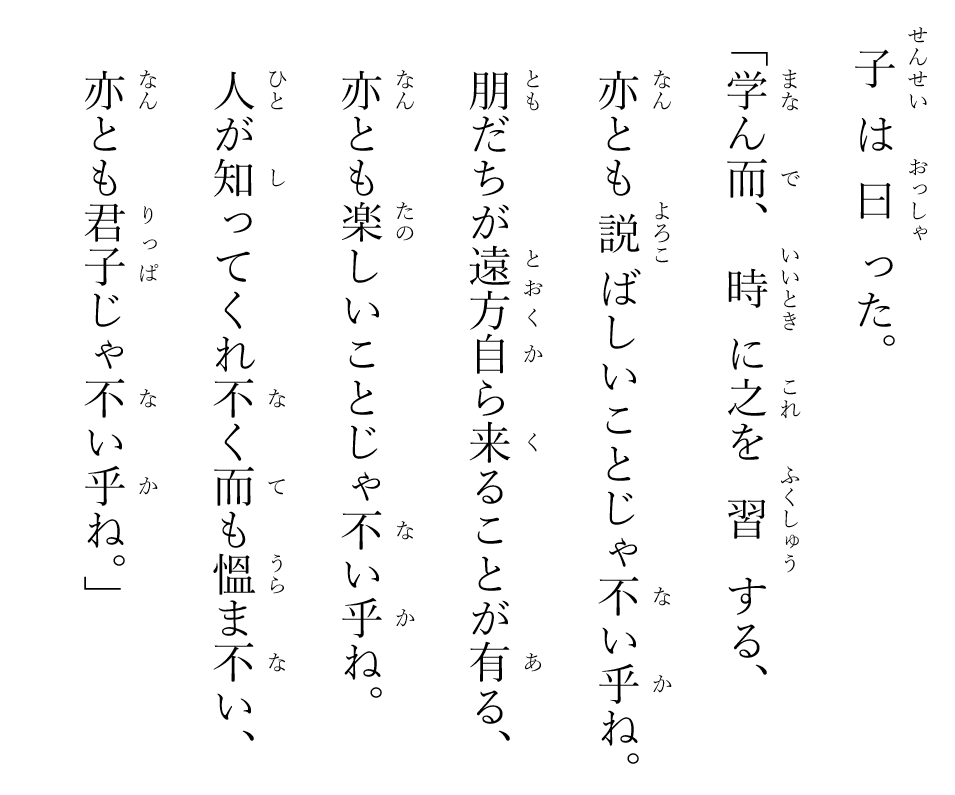Sinic glyphs for door-related concepts
Chapter 1. Single-door and double-door: 戸 and 門
The Japanese glyph for door (
一 (unity) and尸 (the ceremonial worshippee or a breathing human model representing the deceased person in ancient Chinese funerals 古代丧礼代表死者受祭之活人),
although it has nothing to do with these two concepts.
Technically, 戸 is not exactly a complete door in traditional Chinese architecture. It is only half-a-door or a single-leaf door.
戸,護也。半門曰戸。象形。凡戸之屬皆从戸。
To get to the Chinese double-door, we need to flip the glyph and add it to the original glyph:
門 = 𠁣 + 𠃛 = 戸 +戸
We can decompose 戸 into three parts: 丨 or 丿 (hinge stile 邊挺) + 口 (door panel 門扇) + 一 (head jamb 中橫框).
In modern written Chinese, the head jamb is abstracted to a single dot (丶), whereas in the Japanese script, the horizontal stroke (一) is maintained. Sometimes the head jamb is slightly angled and joined to the hinge stile, thus forming 戶.


Chapter 2. A dog inside 戸
The Chinese script for dog is 犬. Now a new character can be formed when we juxtapose 戸 and 犬.
In Japanese, what we get is
《詩經・大雅・旱麓》 鳶飛天,魚躍于淵In classical Chinese, these positional particles 戾 = 止 = 来 = 临 = 至 = 于 are all functionally similar.
In Japanese language, 戾 is identical to and is the old form of 戻. Kadokawa 角川 kanji dictionary listed 12 different meanings of 戻, and here are a sample of them:
- 戻る =
至る =帰る (arrive/back) - 戻る =
定る =止る (conclude/stop). These are extended and consequential extension of 帰 or 至, signifying the end of a process or journey. - 戻る =
曲る =捩じる =転じる (deform/twist/rotate). These are originally description geometrical deformations. - 戻る =
悖る =暴れる (deviate/rage 乖・背・反・違). These are extensions of geometrical meanings of 戻 in a more abstract setting, e.g. 暴 is the moral deviational opposite of good governance. 《韓非子・五蠹》:故罰薄不為慈,誅嚴不為戾,稱俗而行也。
In Chinese language, however, different meanings and phonetic values to the two glyphs. The one without the extra dot is 戻 tì, and the one with the extra dot is 戾 lì. Two important glyphical derivatives of 戾 are 淚 lèi (tears, possibly due to 暴) and 捩 liè (inflexion, as in 転戻).
Chapter 3. 6 am and 6 pm: 戼 and 丣


Here, we switch the positions of the two opposing elements in the original 門 glyph to stress on the fact that the panels (𠁣, 𠃛) are actuated and opened.
Doors opened =戼 =戸+ 戸 = 𠃛 + 𠁣
Sometimes the glyph is written without mirror inversion:
Doors opened =𢨯 = 戸 + 戸 = 𠁣 + 𠁣
To facilitate interpretation, we must allow the top horizontal stroke to carry the meaning of a door latch (門閂). 丣 (酉 yǒu) on the other hand is (6 ± 1) post meridian in the evening, the usual time we return from work and the door is latched closed.







Comments